Addition and subtraction skills are necessary for students to develop strategies to solve mathematical problems. New skills are built upon the knowledge that students have acquired in the previous school year and as they progress through the current year. Students should be able to recognize and understand the symbols and concepts of addition and subtraction before they can proceed to more difficult terms and symbols.
This week I am chatting about tips and strategies to make addition and subtraction learning fun and engaging for your students. The more that we can make learning these concepts exciting for our students, the more they will interact with the activities and games which increase their learning.
Individualized Addition & Subtraction Learning
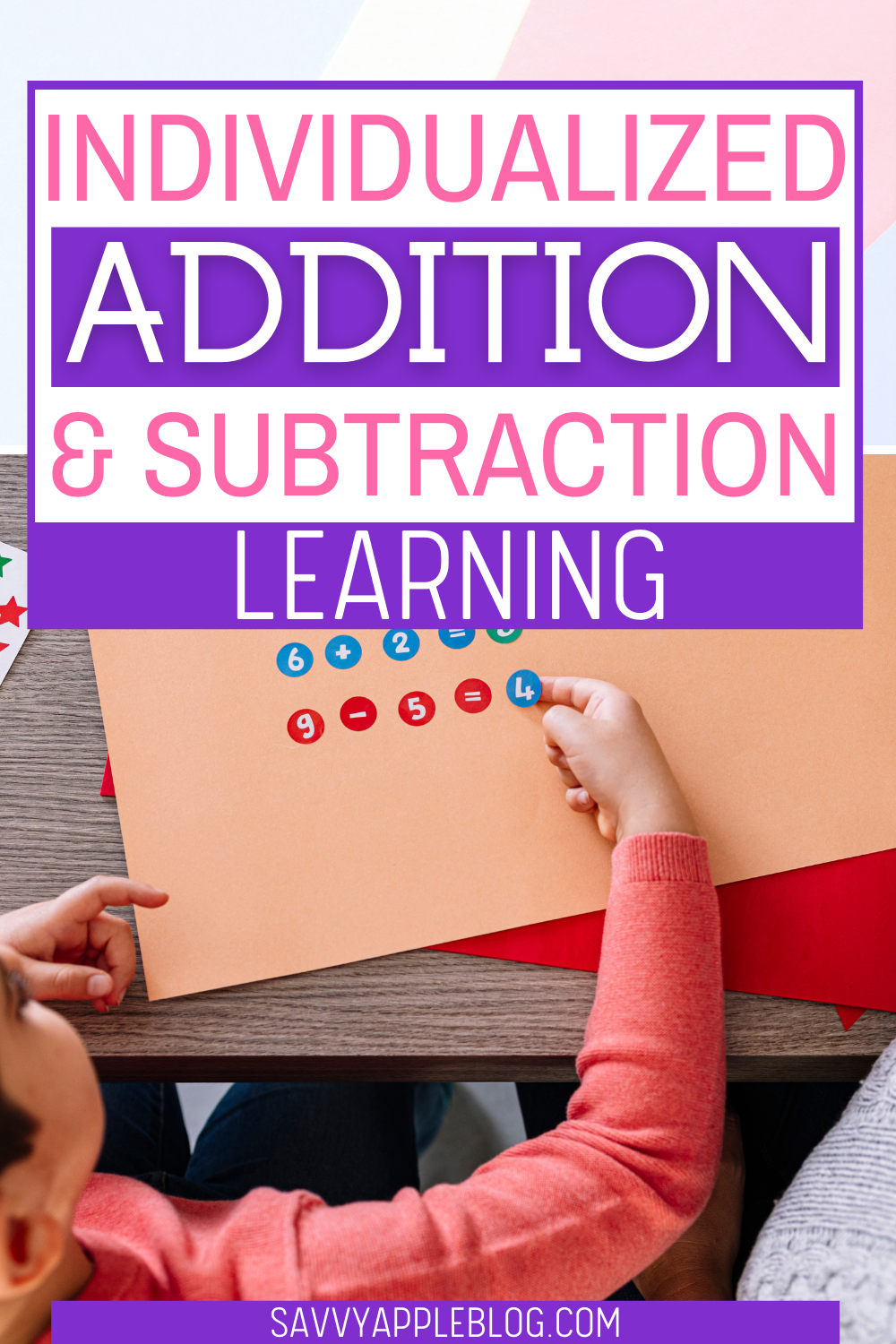
There are many types of learners: visual, auditory, tactile, and kinesthetic. In order to meet the needs of all of your students, choose different methods of teaching math skills. Play Doh is a fun way for your students to learn in a hands-on way. This will be especially fun for young learners. Have students roll balls of Play Doh to use as counters for subtraction and addition problems. They can smash each ball as they count. So much fun! 😊
Story problems can help students visualize what action they need to complete to solve the problem. This is also an opportunity to customize the problem based on your students’ interests. Students can draw pictures to figure out the problem or small groups can act out the story. You can even have small items that relate to the story available for the students. Rotate stories on a regular basis to keep engagement high.
Don’t dissuade students who use their fingers as they begin to learn addition and subtraction facts. It can be a successful strategy on their journey to understanding the concepts, but remember that not all children count the same way using this strategy. Different cultures begin counting with different fingers and with either an open or closed fist. A ten frame is a great way to transition students away from counting with their fingers. With the two columns of five, students will be able to easily relate to the ten frame as a different visual.
Independent Practice
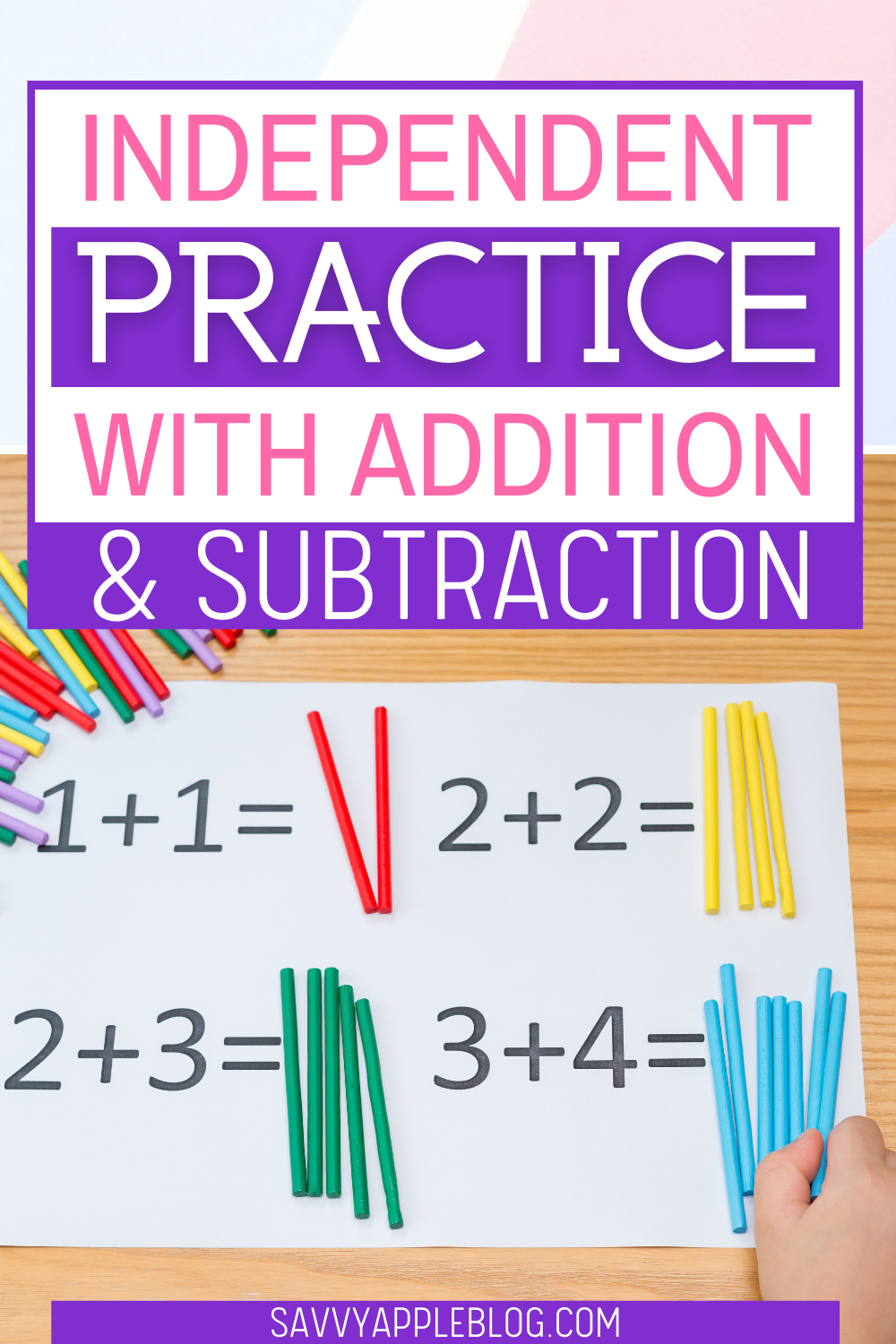
Independent practice allows students to learn on their own time. They are not rushed and can take extra time to engage in the activity. Students will love to open this next fun game to practice these skills. Place foam numbers and addition/subtraction symbols in a closed container. Add small objects for students to use to help them visualize the math problem they create. This is great to individualize for your students. You can use pom poms, bingo chips, or any small toy that will fit in the container.
For extra support, place index cards with sample equations in the activity bin for students to duplicate. Building blocks can also be used to extend addition and subtraction learning. Have students use them to visualize math problems. Some teachers use permanent markers to write numbers and symbols on the side of the blocks. Students then use them to create “equation towers”.
Anchor charts can also be helpful to those students who need a little extra reminder on remembering what the symbols mean and examples of common math problems. This will also build their self-esteem because it allows them to meet a learning goal at their own pace without the pressures that can come with large-group learning. Independent work can also help you know whether or not each student is grasping the concepts.
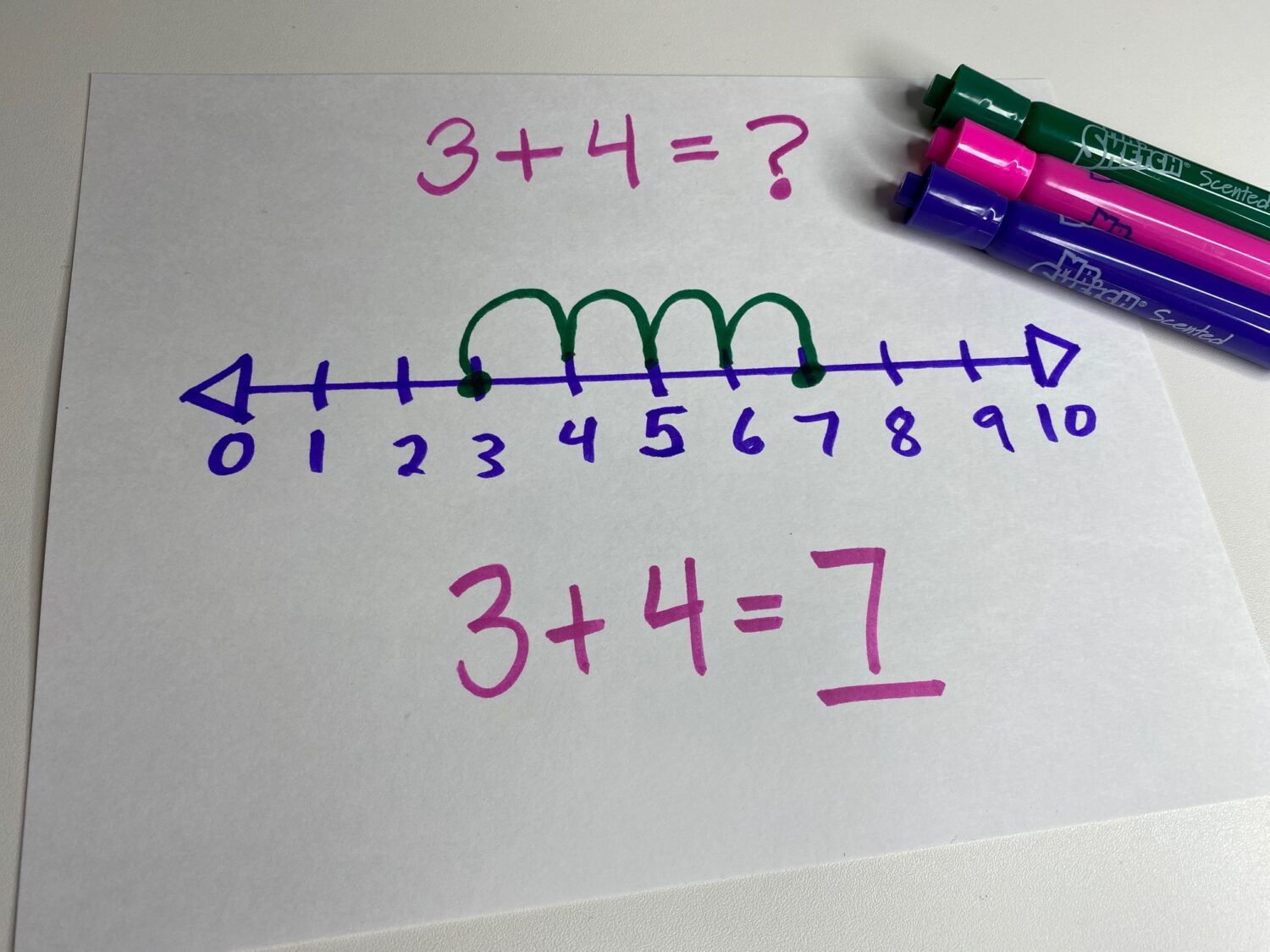
Number lines provide your students a way to practice addition and subtraction problems with a visual strategy. After your students are familiar with a number line, students can use them with markers to “jump” each number as they add or subtract. For more engagement, have your students use tiny animals or objects, such as frogs and planes, for more visual and interactive learning.
Addition & Subtraction Games
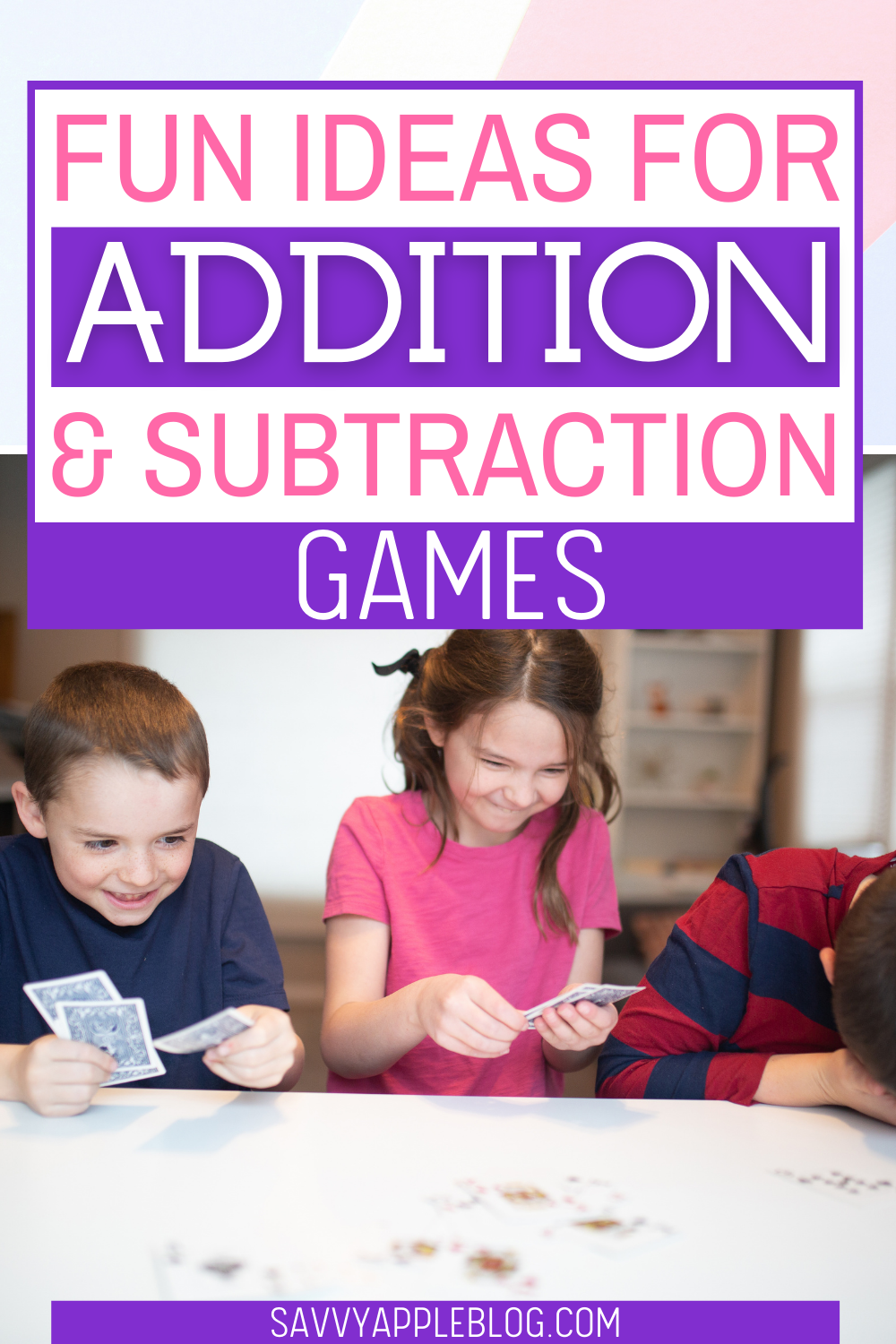
A popular game to help students practice addition is the addition card game. Each student has a deck of cards. With the card stack placed face down, have the students turn over two cards at the same time. Each student adds their cards together, and whoever has the highest number keeps the cards. The game continues until only one student is left holding cards. This game is so adaptable and can be played by pairs or in groups.
Students can also use dice to learn these concepts. Make your own dice with colored paper so that you can include a die with addition and subtraction symbols. Have students roll their dice to create an equation. Students can write it down, add or subtract it, and pass the turn to the next player. At the end of a specified time, whoever has the highest score wins. For more games, keep reading below.
Adaptable for Digital Learning
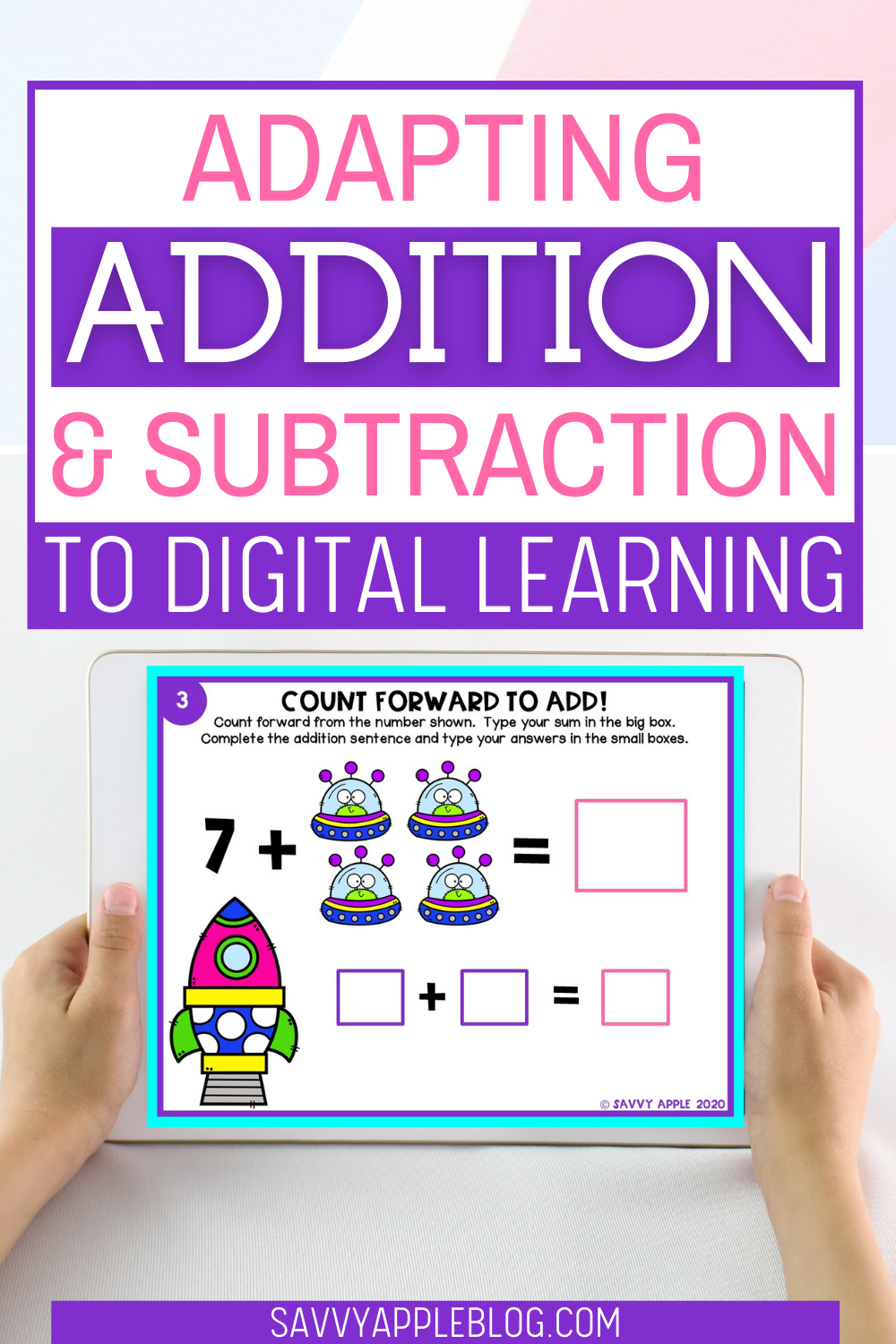
Digital learning’s popularity grew, to say the least, last year. It doesn’t look like digital resources will lose much of the attention it gained. Digital math resources are interactive and can also individualize learning for your students. Online resources provide your students with instant feedback. Manipulatives can be moved around to help your students solve addition and subtraction problems. Wish you could use your own clip art? Want to use your students’ interests in digital resources to raise their engagement levels? Let me help you plan your own digital math resource. Join our FaceBook group to learn more.
This 2nd Grade resource works with Addition and Subtraction to 100. It reviews the standard way of adding/subtracting, but it also shows some really cool ways of doing it. For example, the resource uses base ten blocks and expanded form. Take 32 + 45, you could rewrite that as 30 + 2 + 40 + 5 which is a lot easier to add up.
First and Second graders will enjoy having more of a challenge with this fun digital resource. Students can use the interactive task cards to plug numbers into both addition and subtraction problems.
I hope you found some useful tips for teaching addition and subtraction to your students. Having a variety of learning experiences for students to choose from helps you reach all of your learners’ needs. Come back next week when I will chat about how to incorporate Spring and Easter into your math lessons.
Have a great week!
Jess @Savvy Apple
P.S. If you missed the news about the Savvy Apple FaceBook Group, click here to join the community of teachers planning their digital math resources for their students. Whether you haven’t yet created one or want to learn some easy tips to make designing easier, join us and share your journey!
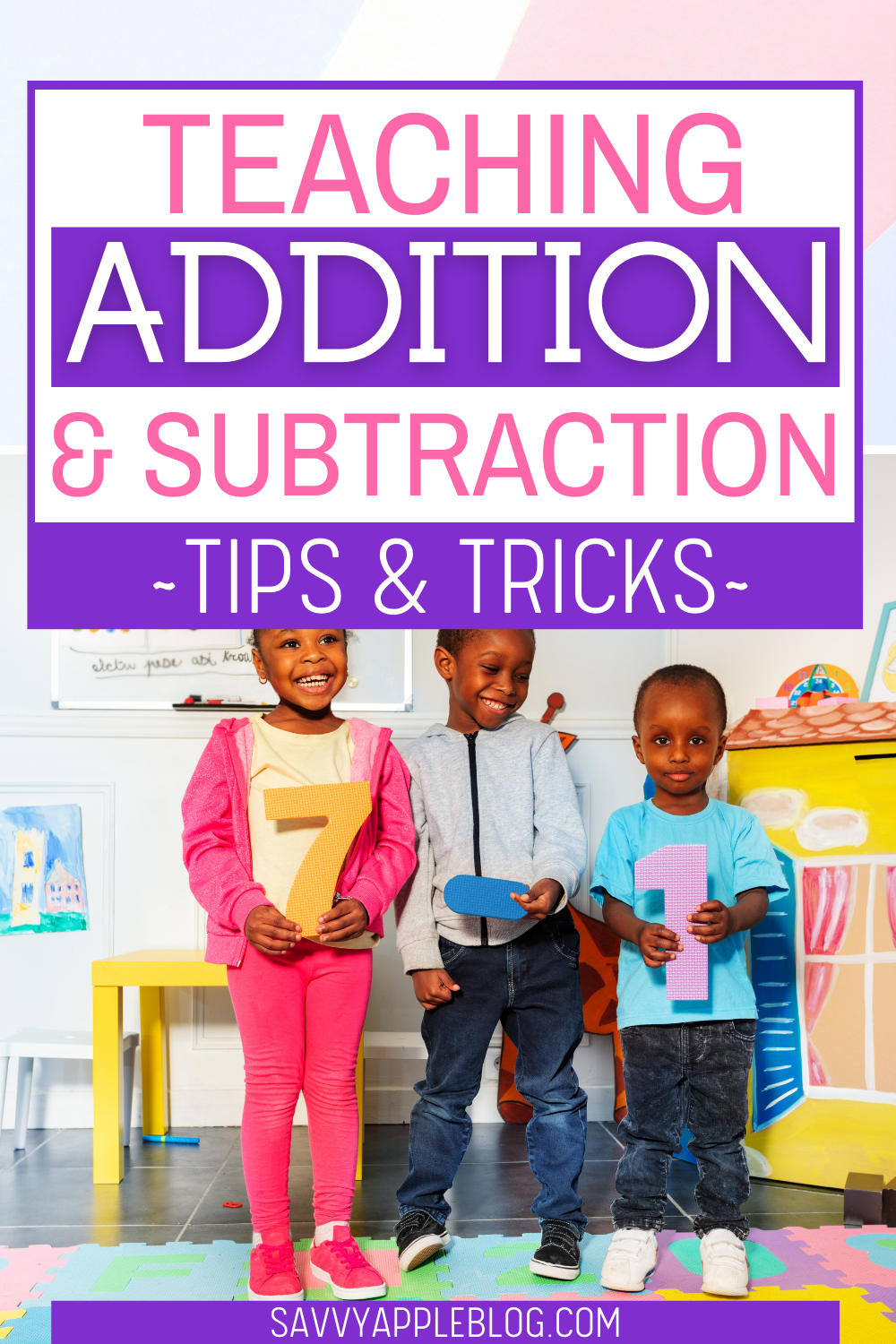
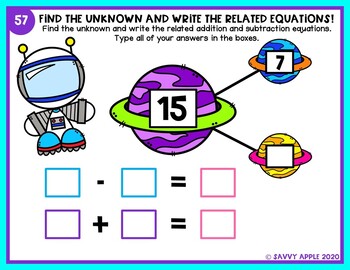
Pingback: Top Digital Resources for Teaching Addition and Subtraction | Savvy Apple